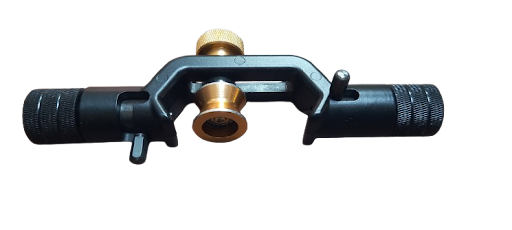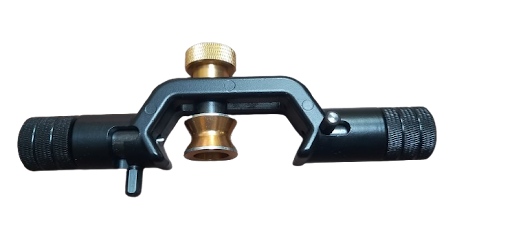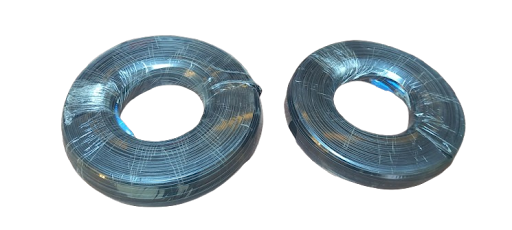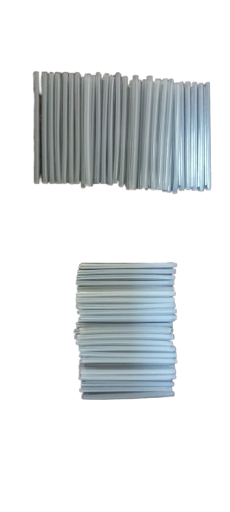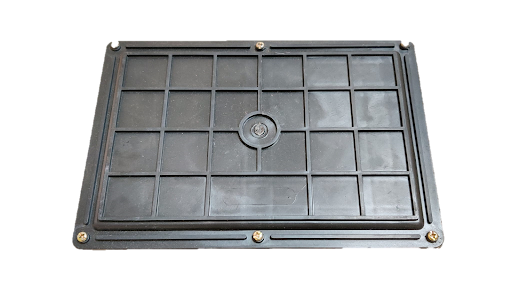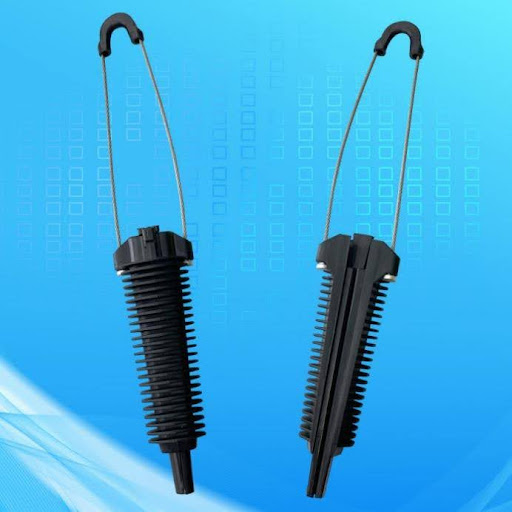- Precise Stripping:
- Optical fiber sheath strippers are designed to remove the outer protective coating of optical fiber cables without damaging the inner fiber itself.
- They allow for precise stripping of the cable’s jacket, ensuring that the delicate core and cladding are not harmed during the process.
- Adjustable Blade:
- Most optical fiber sheath strippers feature an adjustable blade depth, allowing the user to set the stripping depth based on the diameter and type of fiber optic cable.
- This feature ensures that only the sheath or jacket is removed, while leaving the core and cladding intact.
- Ergonomic Design:
- Many strippers are ergonomically designed with handles that are comfortable to use for extended periods. This reduces hand fatigue and improves user control.
- Some models have non-slip grips for better handling.
- Versatility:
- Optical fiber sheath strippers can be used on a variety of fiber optic cables, including single-mode, multi-mode, and armored cables.
- Some models come with different blade configurations or interchangeable heads to strip various cable types (e.g., buffer-coated or tight-buffered cables).
- Blade Quality and Durability:
- The blades are typically made from high-quality, hardened steel or stainless steel, ensuring durability and longevity.
- The sharp blades allow for clean, smooth cuts, preventing fraying or damage to the fiber.
- Multiple Stripping Functions:
- In addition to stripping the outer jacket, some optical fiber sheath strippers are designed to also strip buffer coatings or other layers that protect the fiber.
- This multi-functionality makes them suitable for use in a variety of fiber preparation tasks.
- Safety Features:
- Many optical fiber sheath strippers come with safety locks to prevent accidental cuts when the tool is not in use.
- The design also minimizes the risk of accidental injury during operation.
- Compact and Portable:
- Most sheath strippers are compact and lightweight, making them easy to carry and handle in tight spaces or during fieldwork.
- Their portability makes them ideal for technicians working in various environments, such as telecom installations or network repairs.
- Ergonomically Designed Handles:
- The handles are often made with soft, ergonomic grips to reduce strain and increase comfort for users who perform repetitive stripping tasks.
- They may also have a spring-loaded mechanism for smoother operation.
- Adjustable for Different Cable Sizes:
- Many sheath strippers allow the user to adjust the tool for different cable diameters. This ensures versatility, allowing it to handle various types of fiber cables with ease.
- Precision and Clean Cuts:
- The stripper’s design ensures that each cut is precise, preventing fiber damage, which could lead to signal loss, poor performance, or fiber breakage.
- Clean, smooth cuts are essential in preparing fibers for splicing or termination.
- Built-in Cable Cutter:
- Some optical fiber sheath strippers come with an integrated cable cutter, allowing users to cut fiber cables at the same time as stripping the sheath.
- Preparing for Splicing/Termination: The primary function is to remove the outer sheath, allowing access to the inner fiber optic cable for splicing or connecting to connectors.
- Protecting the Fiber: Sheath strippers are designed to minimize damage to the delicate fiber optic core during the stripping process.
- Efficiency: They facilitate faster and more accurate cable preparation compared to using traditional methods like knives or hand saws.
- Blade Sharpness: Ensure the blades are sharp and in good condition for optimal performance and to minimize the risk of damaging the fiber.
- Cable Type: Always use the appropriate stripper for the specific type of fiber optic cable you are working with.
- Safety: Follow all safety guidelines when using any tool, including sheath strippers.
- Storage: Store sheath strippers properly to protect the blades and ensure their longevity.
- Select the Right Tool: Choose a sheath stripper that is appropriate for the type and size of the optical fiber cable you are working with.
- Prepare the Cable: Ensure the cable is properly secured and free from obstructions.
- Position the Cable: Place the cable in the stripper’s guide grooves or clamp.
- Strip the Sheath: Operate the stripper according to the manufacturer’s instructions, ensuring a clean and controlled cut.
- Inspect the Fiber: After stripping, carefully inspect the fiber optic core for any damage.
- Longitudinal Sheath Strippers: These tools are designed to cut and remove the sheath along the length of the cable, often used for mid-span branching or when a longer section of cable needs to be stripped.
- Ring Strippers: These tools are designed to cut a ring around the cable sheath, allowing for easy removal of the outer layer.
- Adjustable Blade Strippers: Some strippers feature adjustable blades to accommodate different cable sheath thicknesses and diameters.
- Cable Follower/Stabilizer: Some strippers have a drum-type cable follower or other stabilizing features to ensure the cable remains stable during the stripping process.
- FTTH Strippers: Some strippers are specifically designed for FTTH (Fiber to the Home) drop cables, which often have unique sheath designs.
- Universal Strippers: Some strippers are designed to work with various types of fiber optic cables, including tight buffer, loose tube buffer, and breakout cables.

